How many types of infection do we have?
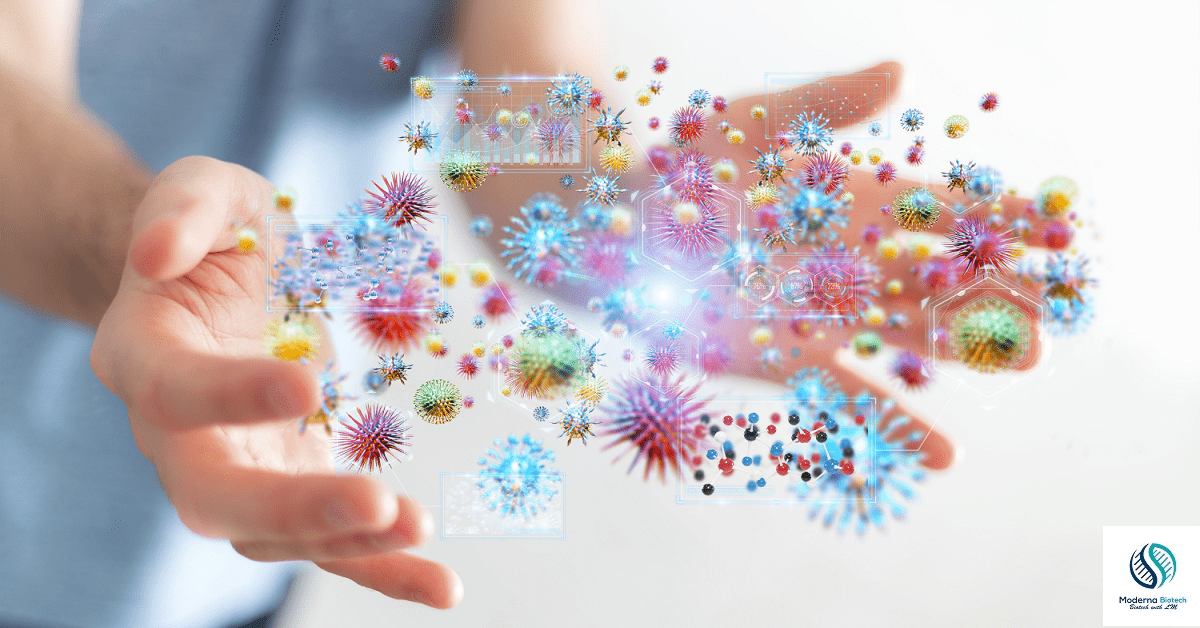
Infection is mainly the process of infecting or it is the state of being affected. When we heard about infectious diseases, we think about something that causes infection. Here in this article, you will know how many types of infection do we have. And also we will talk about some infections and infectious occurring in our body.
How many types of infection do we have?
Types of infection:
Generally, there are 4 types of infection namely;
Bacterial infection
Viral infection
Fungal infection
And Prion infection.
Bacterial infection:
- A bacterial infection is a sort of infection where there is the proliferation of harmful strains of any bacteria in the host body.
- The example of these type of infections is meningitis and food poisoning.

Viral infection:
- Viral infections occur as a result of the presence of viruses in the body. The effect of viral infection could depend on the type of virus and the health state of the individual.
- Many viruses could infect any form of body tissue which ranges from the brain to the skin.
Fungal infection:
- Fungal infection occurs if the infection is caused by the presence of fungi. This infection causes the invasion of tissue inside the body.
- Infections caused by fungi could be mild or severe.
Prion infection:
- Prion infection is actually an infection of structurally abnormal proteins.
- In humans, prions are supposed to be the cause of Creutzfeldt–Jakob disease (CJD), and its variant (vCJD), fatal familial insomnia (FFI), Gerstmann–Sträussler–Scheinker syndrome (GSS), and kuru. Hope you understand how many types of infections do we have.
Frequently asked questions about Infection and Infectious diseases
What is an infection?
Basically, Infection is the growth and incursion of microorganisms for example bacteria, viruses, and parasites that are not usually present within the body. There are many types of infection we have.
An infection could remain localized in the body or it may spread via the blood to become organized.
What is sepsis?
Sepsis is a type of infection. Sepsis is mainly a severe condition subsequent from the incidence of damaging microorganisms in the blood or other tissues and the body’s response to their presence, potentially leading to the malfunctioning of numerous organs, shock, and death.
What is meningitis?
Meningitis is basically a type of infection or infectious disease. It is an inflammation of the membranes (meninges) adjacent to our brain and spinal cord. Meningitis swelling usually initiates symptoms for example headache, fever, and a stiff neck.
What causes strep throat?
The main cause of strep throat is bacteria recognized as Streptococcus pyogenes, also identified as group A streptococcus. Streptococcal bacteria are highly transmissible or infectious. They can spread through airborne precipitations when someone with the infection coughs or sneezes, or through common food or drinks.
What does strep look like?
When there is strep throat, we might see white dots or patches in the back of our throat. Tonsillitis becomes red or swollen when there is a strep infection.
What does thrush look like?
When there is a thrush infection, you can see white coating or white patches on the tongue, mouth, inner of cheeks, and also the back of the throat.
The tissue under the white patches is usually red, raw, and sore when there is a thrush infection. The scratches can be painful and even bleed when scraped. Oral thrush normally looks like cottage cheese or milk curds.
What does smallpox look like?
When there is a smallpox infection, the abrasion present on the skin surface looks like small blisters. Rashes of smallpox mainly develop on the palms of the hands and soles of the feet. Smallpox is mainly caused by the variola virus and can be transmitted from person to person.
What does MRSA look like?
Mrsa looks like a bump, boil, spot, or infected part of a body that is red and swollen and full of pus. It may be painful and warm to the touch and mainly supplemented by a fever.
The small bump of Mrsa looks like a pimple or spots, but that rapidly turns into a hard, painful red lump filled with pus or a bunch of pus-filled blisters.
What causes cold chills without a fever?
The most collective reason for an individual to have chills with no fever is for the reason of cold weather. If a person is not wearing adequate clothing and the air temperature is low, they may experience chills. If a person is wearing wet clothes, they will feel cold more swiftly.
What is valley fever?
Valley Fever is an illness caused by a fungus (or mold) named Coccidioides. These fungi live in the soil of dry zones like the southwestern U.S. A person can get it from inhaling the spores of the fungus. The infection cannot extend from person to person.
What does staph infection look like?
The infection often instigates with a little cut, which becomes infected with bacteria. Staph infection looks like honey-yellow crusting on the skin. These sorts of infections usually extend from a normal boil to antibiotic-resistant infections to flesh-eating infections.
What is meningococcemia?
Meningococcemia is mainly a rare infection which is caused by the Neisseria meningitides bacteria. This is the same sort of bacteria that can cause meningitis. When the bacteria infect the membranes that shield the brain and spinal cord, it’s known as meningitis.
What to do after abscess bursts?
After abscess infection, the patient must have to follow the following instruction:
- Apply warm and dry bandages, a heating pad set on low, or a hot water bottle 3 or 4 times a day for pain. Keep a cloth between the source of heat and to patient’s skin.
- If the doctor prescribed antibiotics, take them as prescribed. The patient must have to take the full course of antibiotics.
- He must have take pain medicines exactly as directed.
What does a shingle feel like?
The patients who have shingle infection experience pain that may feel like burning or tingling on one side of their face, chest, back, or waist. It can be penetrating. They might also feel like they are coming down with the flu, with symptoms such as fever.
What causes thrush in women?
Vaginal thrush is mainly caused by yeasts from a group of fungi called Candida in women. Many women have Candida (which is a fungus) in their vagina without causing any problems, but thrush can develop if the natural stability of micro-organisms in the vagina is interrupted and Candida multiplies.
What are flesh-eating bacteria?
Flesh-eating bacteria is an infection linked with necrotizing fasciitis. It’s usually caused by group A Streptococcus (GAS) bacteria.
What do flesh-eating bacteria look like?
The infection of flesh-eating bacteria looks like redness, swelling, and pain in the exaggerated area. Blisters may be seen in the convoluted area of the skin. Fever, nausea, vomiting, and other flu-like symptoms are common in flesh-eating bacteria.
What is pneumococcal pneumonia?
Pneumococcal pneumonia is a lung infection caused by Streptococcus pneumonia. Streptococcus
Pneumonia is mainly a gram-positive bacterium that is usually found in pairs.
What does blood poisoning look like?
The infection of blood poisoning seems like red spots on the skin that may develop larger and look like a big, purple bruise. The symptoms of blood poisoning are chills, fever, and shivering.
What does c driff diarrhea b look like?
Small bowel diarrhea typically has widespread abdominal cramps. It is being said that the diarrhea of the sick people with Clostridium difficile inclines to be very large volume, it doesn’t have blood, and it virtually looks like small bowel diarrhea.
What causes a stye?
Styes are usually caused by a bacterial infection in an oil gland or hair gland on your eyelid. These glands and follicles can get congested with dead skin cells and other debris. Sometimes, bacteria get stuck inside and cause an infection. This results in a swollen, painful lump named a stye.
What is impetigo?
Impetigo is an infectious disease. Impetigo happens when the skin becomes infected with bacteria, typically either with Staphylococcus aureus or Streptococcus pyogenes.
What is molluscum contagiosum?
Molluscum contagiosum is a skin infection instigated by the virus Molluscum contagiosum. It creates benign raised bumps, or lesions, on the higher layers of your skin. The small bumps are generally painless. They vanish on their own and rarely leave scars when they’re left untreated.
What are herpes and genital herpes?
Herpes is mainly an infection that is caused by the Herpes simplex virus (HSV). Genital herpes is a usually sexually transmitted infection caused by the herpes simplex virus (HSV). Sexual contact is the chief way that the virus spreads this infection.
What is sepsis shock?
Septic shock (namely, infection throughout the body) is a possibly fatal medical condition that arises when sepsis, which is organ injury or harm in response to infection, leads to dangerously low blood pressure and irregularities in cellular metabolism.
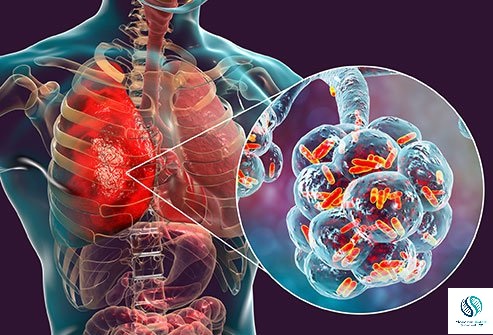
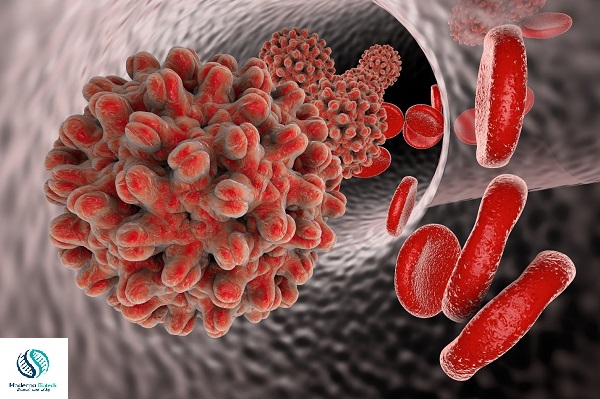
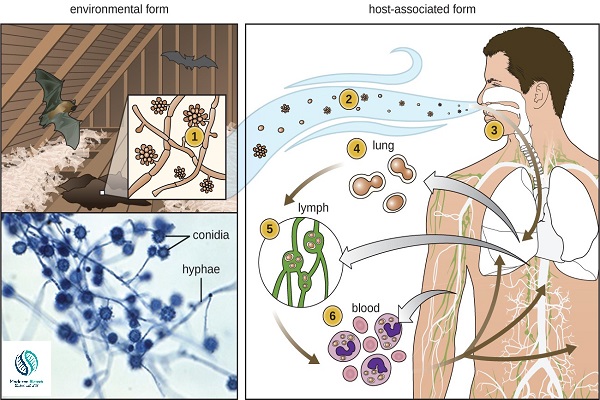
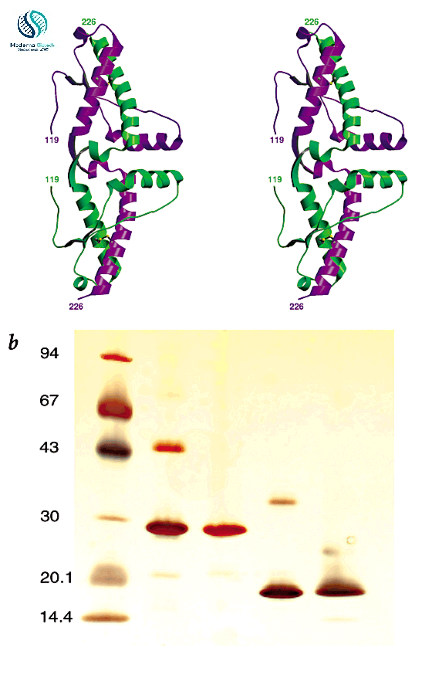


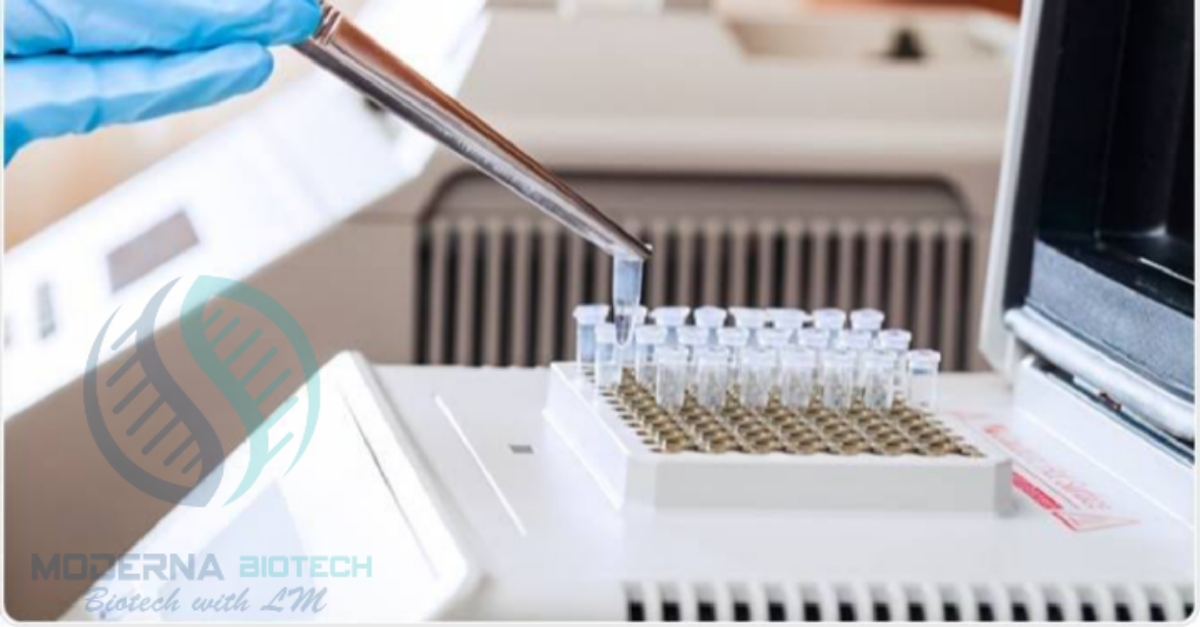

Really helpful 👍😃
Thank you for your valuable feedback 🙂
I like what you guys are up too. Such smart work and reporting! Keep up the excellent works guys I have incorporated you guys to my blogroll. I think it’ll improve the value of my web site 🙂
Has anyone ever been to Mid Cities Vapor Vapor Store in 13150 Hwy 43 Bypass Suite 1?
At this moment I am ready to do my breakfast, after having my breakfast coming yet again to read further news.